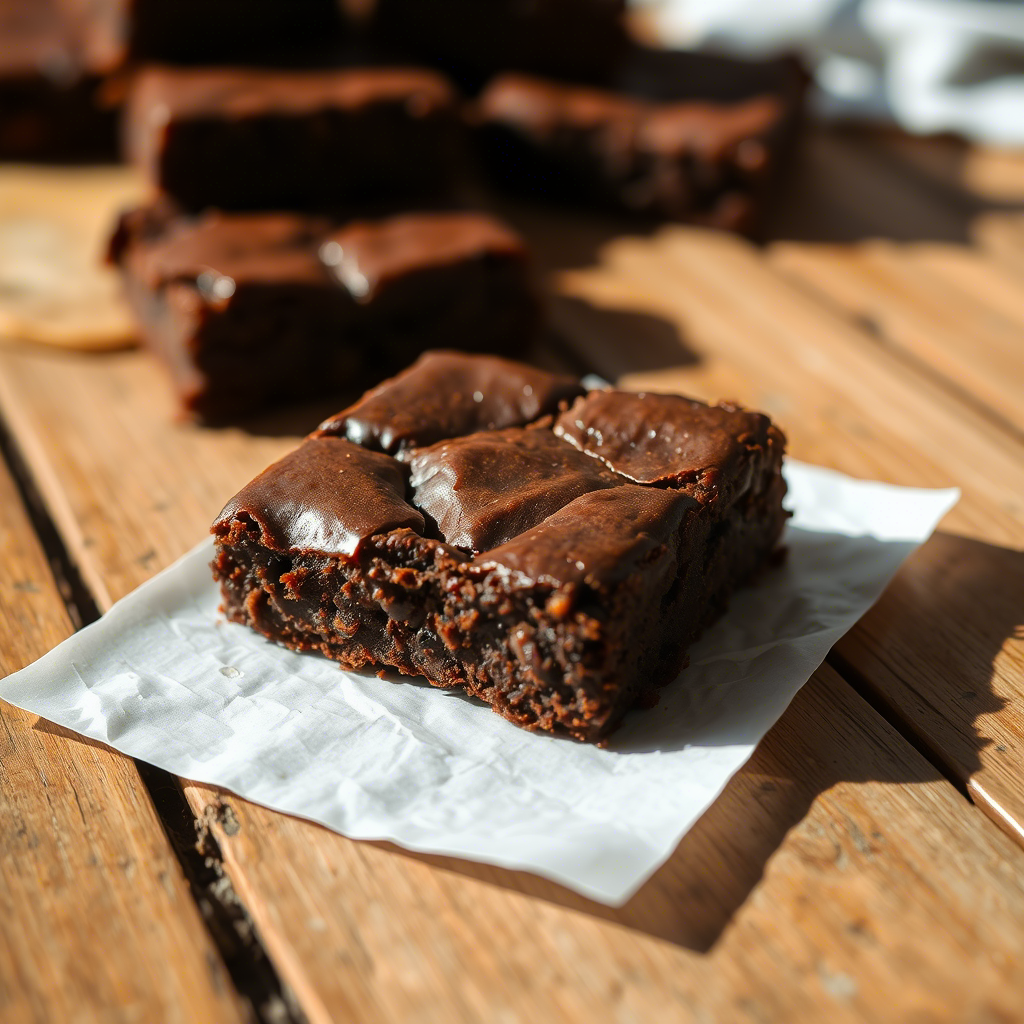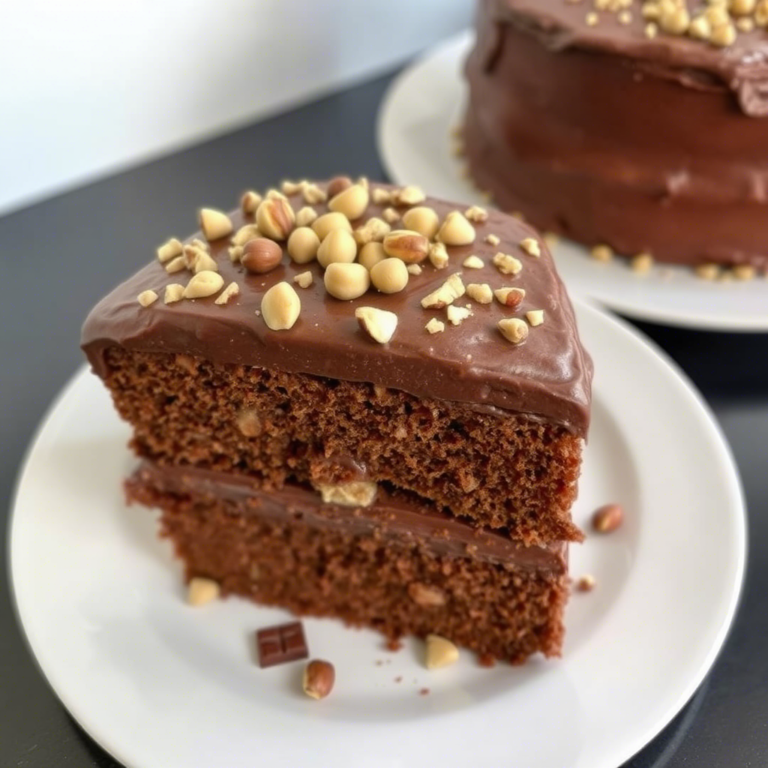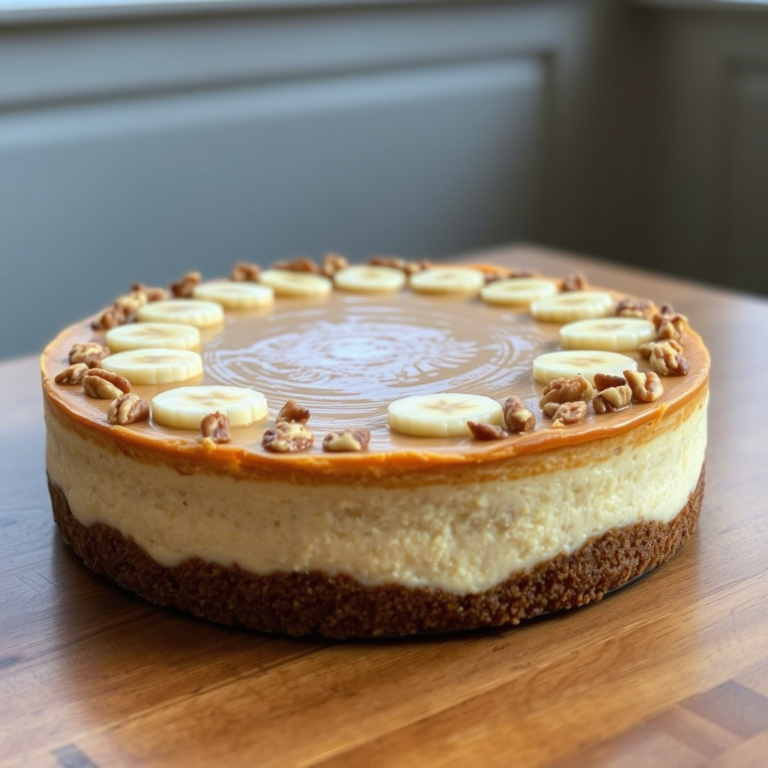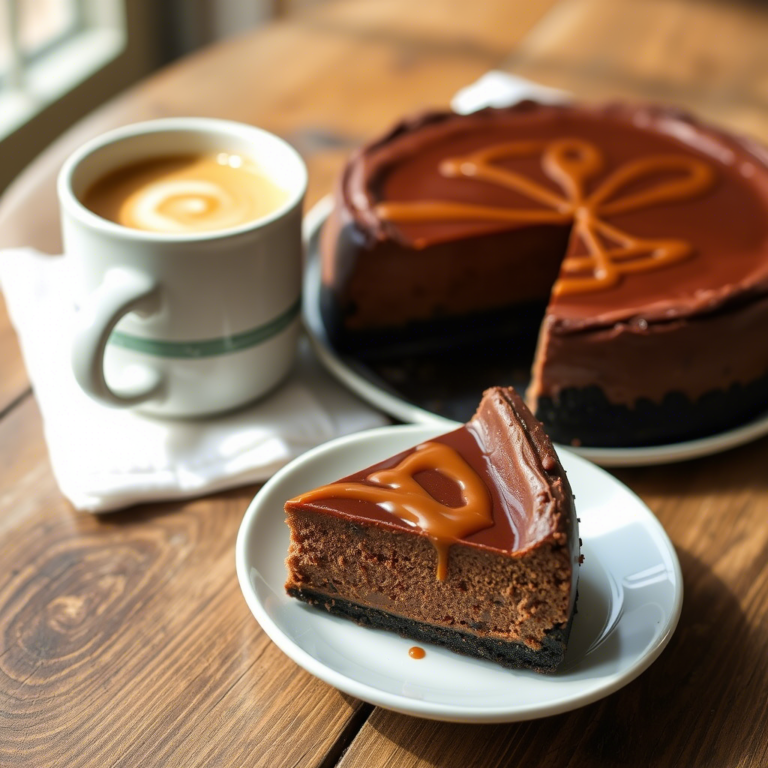The Ultimate Guide to Brownies: Recipes, Tips & Storage
The Origin and History of Brownies
Brownies didn’t just appear out of thin air! Their history is as rich as their taste. So, who first crafted this decadent dessert, and how has it evolved over the years? Let’s find out!
1.1. The First-Ever Brownie Recipe
The origins of brownies are still debated, but one of the earliest recorded recipes dates back to the late 19th century. Some claim a chef at the Palmer House Hotel in Chicago created the first fudgy brownie upon request for a portable dessert that wouldn’t require a fork. Interestingly, this version contained walnuts and an apricot glaze!
Others argue that the first real brownie recipe appeared in Fanny Farmer’s 1896 cookbook, though it was closer to a chocolate cookie bar than the dense, chewy brownies we love today.
1.2. How Brownies Evolved Over Time
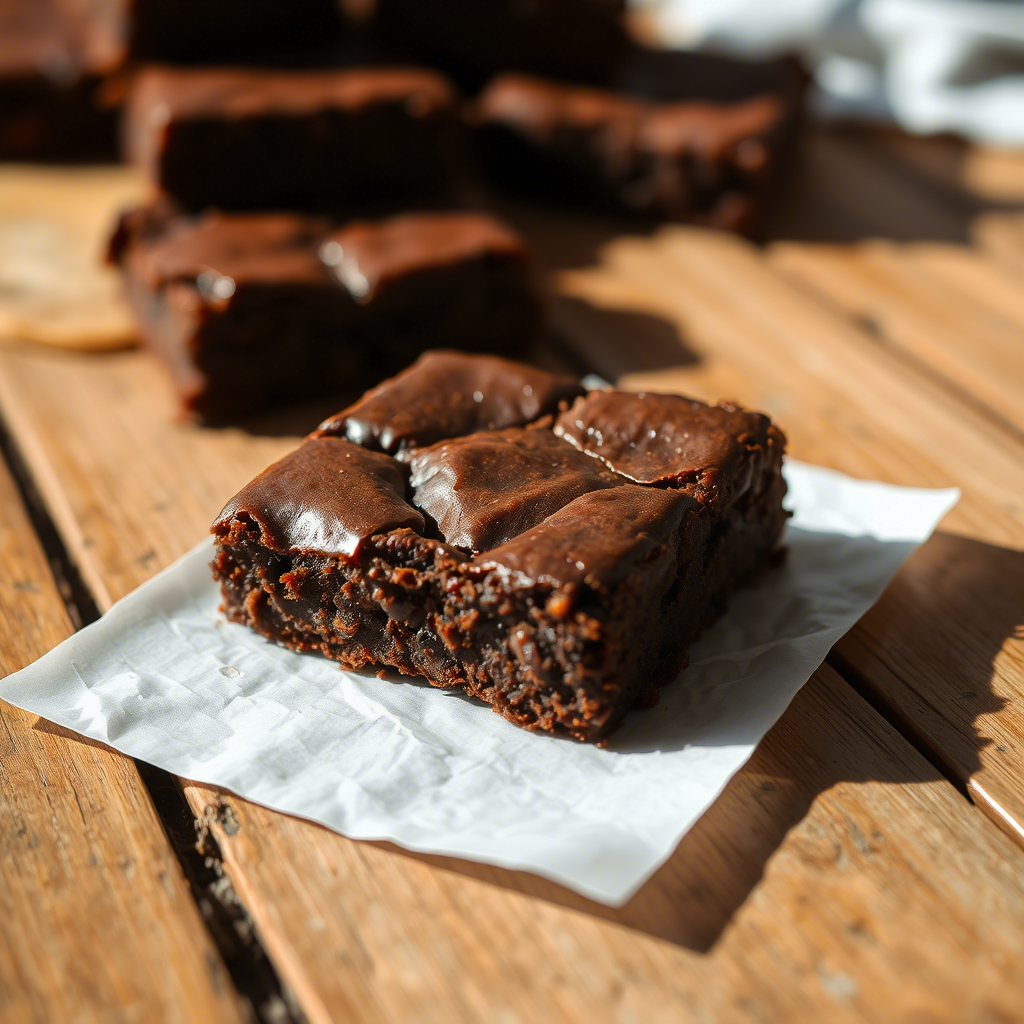
Fast forward a few decades, and brownies started taking different forms. By the early 1900s, butter and eggs were used in different ratios, leading to the birth of fudgy vs. cakey brownies. Over time, chefs and home bakers experimented with different ingredients—adding nuts, caramel, peanut butter, and even cream cheese swirls!
Today, brownies aren’t just a dessert; they’re a global obsession. From vegan and gluten-free brownies to salted caramel and cheesecake-infused varieties, this humble chocolatey delight continues to evolve.
Types of Brownies – Exploring the Delicious Varieties
Brownies come in all shapes, sizes, and textures. Some people love them gooey and rich, while others prefer a more cakey bite. No matter your preference, there’s a perfect brownie out there for you! Let’s break down the most popular types.
2.1. Fudgy vs. Cakey vs. Chewy Brownies
Each brownie texture depends on the ratio of butter, sugar, eggs, and flour.
- Fudgy Brownies – Loaded with butter and chocolate, these brownies have a dense, rich, and melt-in-your-mouth texture. They often use less flour and no baking powder to avoid a cake-like rise.
- Cakey Brownies – If you love a lighter, airier texture, these are for you! More flour and baking powder create a structure that resembles chocolate cake.
- Chewy Brownies – The perfect balance between fudgy and cakey, chewy brownies get their texture from a mix of butter and oil, plus a little extra brown sugar.
2.2. Popular Brownie Variations
Beyond textures, there are endless ways to tweak a classic brownie recipe! Some of the most beloved varieties include:
- Blondies – Brownies’ vanilla-based cousin, made with brown sugar and butter instead of cocoa.
- Peanut Butter Brownies – Swirled with creamy peanut butter for a nutty twist.
- Cheesecake Brownies – A layer of rich cream cheese makes these ultra-decadent.
- Salted Caramel Brownies – Sweet and salty perfection with gooey caramel drizzles.
- Nut Brownies – Walnuts, pecans, or almonds add a delightful crunch.
- Gluten-Free & Vegan Brownies – Perfect for dietary preferences, made with almond flour, coconut oil, or flax eggs.
2.3. Brownies Around the World
Though brownies are an American classic, different cultures have put their own spin on this chocolatey delight!
- In Japan, brownies often feature matcha or red bean paste.
- Italian brownies sometimes include ricotta cheese for an extra creamy texture.
- In France, they are called fondant au chocolat, which translates to melting chocolate cake.
No matter where you go, brownies remain a beloved dessert, constantly evolving with new flavors and styles.
Ingredients for the Perfect Brownie
Making the perfect brownie starts with choosing the right ingredients. Whether you’re aiming for a fudgy, chewy, or cakey texture, the balance of ingredients determines the final result. Let’s dive into the essentials that make a brownie truly irresistible!
3.1. Core Ingredients in Every Brownie Recipe
Every brownie recipe includes a few must-have ingredients. Here’s what each one does:
- Flour – Provides structure. Less flour = fudgier brownies, while more flour = cakier texture.
- Sugar – Sweetens the brownie and affects texture. White sugar makes brownies crispier, while brown sugar adds moisture and chewiness.
- Eggs – Bind ingredients and add richness. More eggs = cakier brownies.
- Butter or Oil – Adds moisture and affects texture. Butter creates a rich, deep flavor, while oil makes brownies softer and chewier.
- Chocolate & Cocoa Powder – The heart of every brownie! Melted chocolate makes brownies extra fudgy, while cocoa powder intensifies the chocolate flavor.
3.2. Choosing the Best Chocolate for Brownies
Not all chocolate is created equal! The type of chocolate you use will directly impact the taste and texture of your brownies.
- Unsweetened Chocolate – Best for a rich, deep chocolate flavor.
- Dark Chocolate (70% or more cacao) – A more intense chocolate experience, perfect for luxurious brownies.
- Milk Chocolate – Sweeter and creamier, but can make brownies less chocolatey.
- Cocoa Powder – Adds bold chocolate flavor without extra fat. Dutch-processed cocoa is smoother, while natural cocoa is slightly acidic.
3.3. Add-Ins and Flavor Boosters
Want to take your brownies up a notch? Try these game-changing mix-ins:
- Vanilla Extract – A little bit goes a long way in enhancing the chocolate flavor.
- Espresso Powder – Deepens the chocolate taste without making brownies taste like coffee.
- Salt – Balances sweetness and adds depth of flavor. A sprinkle of flaky sea salt on top is a game-changer!
- Nuts – Walnuts, pecans, almonds, or even hazelnuts add crunch and richness.
- Chocolate Chips or Chunks – Melted pools of chocolatey goodness inside your brownies? Yes, please!
- Caramel or Peanut Butter Swirls – Adds gooey layers of extra decadence.
Step-by-Step Brownie Baking Guide
Now that we’ve got our ingredients ready, it’s time to turn them into rich, chocolatey brownies! Whether you’re making chewy, fudgy, or cakey brownies, following the right method ensures perfect results every time.
4.1. Prepping Your Equipment and Ingredients
Before starting, make sure everything is measured and ready to go. Here’s what you’ll need:
✔ Mixing bowls – One for wet ingredients, one for dry.
✔ Whisk & spatula – A whisk for mixing and a spatula for folding.
✔ 8×8 or 9×9 baking pan – The size affects thickness (smaller pan = thicker brownies).
✔ Parchment paper – For easy removal and cleanup.
✔ Oven preheated to 325-350°F (160-175°C) – The perfect temperature for evenly baked brownies.
4.2. Mixing the Batter: The Right Order Matters
To get that classic brownie texture, follow these steps in order:
1️⃣ Melt the butter and chocolate together – Use a double boiler or microwave in 20-second intervals, stirring until smooth. Let it cool slightly.
2️⃣ Whisk eggs and sugar – This step creates a shiny, crackly top! Whisk vigorously for about 2-3 minutes until the mixture is pale and slightly fluffy.
3️⃣ Combine wet ingredients – Slowly mix in the melted chocolate mixture and vanilla extract.
4️⃣ Sift dry ingredients – Gently whisk together flour, cocoa powder, and salt to avoid lumps.
5️⃣ Fold the dry into the wet – Use a spatula to fold until just combined. Overmixing = tough brownies!
6️⃣ Add mix-ins (optional) – Stir in chocolate chips, nuts, or caramel swirls.
4.3. Baking Your Brownies to Perfection
⏳ Baking time depends on the texture you want:
- Fudgy brownies – 30-35 minutes
- Chewy brownies – 35-40 minutes
- Cakey brownies – 40-45 minutes
🔎 How to check for doneness: Insert a toothpick in the center:
- Fudgy brownies → A few moist crumbs stick to it.
- Cakey brownies → Comes out clean.
🌟 Pro Tip: Let brownies cool completely before cutting for clean edges!
Brownie Variations You Need to Try
Brownies are deliciously versatile, and a few tweaks can take them from classic to next-level indulgence. Whether you love them extra fudgy, loaded with mix-ins, or uniquely flavored, here are some must-try brownie variations that will satisfy every craving!
5.1. Fudgy vs. Cakey vs. Chewy Brownies
Let’s start with the basics—different textures come down to ingredient ratios and baking techniques:
🍫 Fudgy Brownies – More butter and chocolate, less flour, and a shorter baking time.
🍰 Cakey Brownies – More flour and an extra egg, plus a bit of baking powder for lift.
🍪 Chewy Brownies – A mix of butter and oil for a tender bite, plus a touch of cornstarch.
5.2. Unique and Creative Brownie Recipes
🔹 Salted Caramel Brownies – Swirl in rich, gooey caramel and sprinkle with sea salt before baking.
🔹 Peanut Butter Swirl Brownies – Drop spoonfuls of peanut butter on top and swirl it with a knife.
🔹 Oreo Brownies – Layer crushed Oreo cookies between the batter for extra crunch.
🔹 Mint Chocolate Brownies – Add peppermint extract and top with crushed candy canes.
🔹 Nutella Brownies – Mix Nutella into the batter for extra hazelnut-chocolate goodness.
🔹 Espresso Brownies – Stir in a shot of espresso to intensify the chocolate flavor.
5.3. Gluten-Free and Vegan Brownies
Need a healthier option? No problem!
🌿 Vegan Brownies – Replace eggs with flaxseed eggs and use coconut oil instead of butter.
🌾 Gluten-Free Brownies – Swap regular flour for almond or oat flour.
5.4. Topping Ideas for the Ultimate Brownie Experience
Once your brownies are out of the oven, take them to the next level with these irresistible toppings:
🍦 Ice Cream – Warm brownies with vanilla ice cream? Yes, please!
🍫 Chocolate Ganache – Drizzle melted chocolate on top for extra richness.
🥜 Chopped Nuts – Toasted pecans, walnuts, or almonds add crunch.
🍓 Fresh Berries – A tart contrast to the sweet chocolate.
☁ Whipped Cream – Light, airy, and the perfect finishing touch.
How to Store and Freeze Brownies for Maximum Freshness
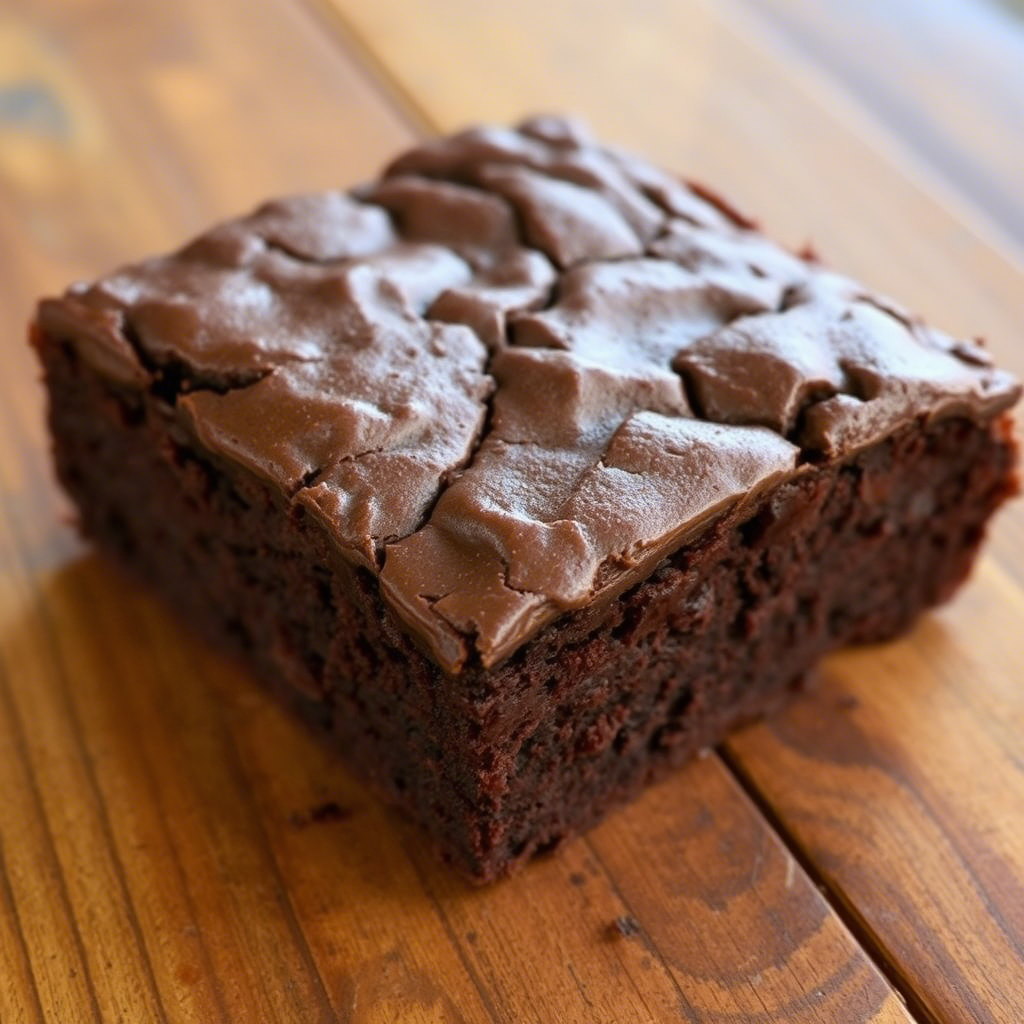
Brownies are irresistible, but what if you can’t finish the whole batch? No worries! With the right storage techniques, you can keep them moist, fudgy, and delicious for days—or even months!
6.1. Storing Brownies at Room Temperature
For short-term storage, keep your brownies at room temperature using these tips:
✔ Use an Airtight Container – This prevents them from drying out.
✔ Layer with Parchment Paper – If stacking brownies, separate layers with parchment to avoid sticking.
✔ Keep Away from Heat & Sunlight – Store in a cool, dry place for best texture.
✔ Consume Within 3-4 Days – After that, they start losing their fresh-baked magic.
6.2. Refrigerating Brownies
Want to extend freshness a little longer? The fridge is your friend!
🔹 Wrap Them Tightly – Use plastic wrap or aluminum foil to lock in moisture.
🔹 Use an Airtight Container – This prevents brownies from absorbing fridge odors.
🔹 Enjoy Within a Week – Refrigerated brownies stay fresh for up to 7 days.
📌 Pro Tip: Before serving, let refrigerated brownies sit at room temperature for 10-15 minutes to soften.
6.3. Freezing Brownies for Long-Term Storage
Need to save brownies for later? Freezing is the best option!
🌀 How to Freeze Whole Brownies:
- Let brownies cool completely to prevent freezer burn.
- Wrap the entire brownie slab tightly in plastic wrap, then in aluminum foil.
- Place in a zip-top freezer bag for extra protection.
🧊 How to Freeze Individual Brownie Squares:
- Cut brownies into serving-sized pieces.
- Wrap each piece in plastic wrap and place them in an airtight container.
- Store in the freezer for up to 3 months.
6.4. How to Thaw and Reheat Brownies
When you’re ready to indulge again, follow these simple thawing and reheating tips:
🔥 At Room Temperature: Unwrap and let brownies sit out for 1-2 hours.
🔥 In the Microwave: Heat for 10-15 seconds to restore their gooey texture.
🔥 In the Oven: Warm at 300°F (150°C) for 5-7 minutes for a fresh-baked feel.
📌 Pro Tip: Pair reheated brownies with ice cream or whipped cream for an extra treat! 🍦

